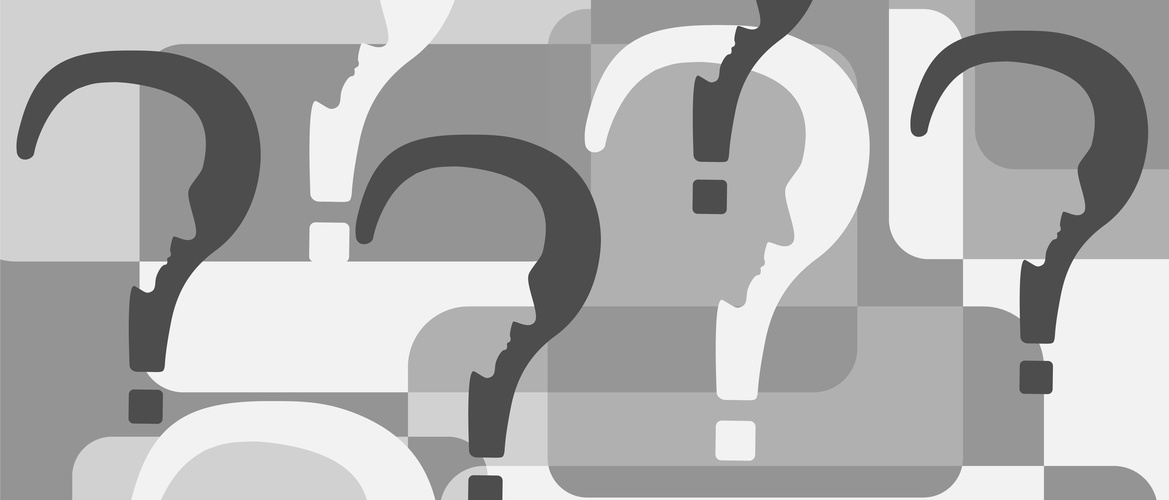
Choose a channel
Check out the different Progress in Mind content channels.

Progress in Mind

Schizophrenia is a heterogeneous disease. The symptoms, course and outcome vary widely among patients. Together with multiple etiologic factors and pathophysiologic mechanisms, the extreme heterogeneity of schizophrenia suggests that it is not one disease, but hundreds of diseases, explained experts at WCP 2022.
Schizophrenia is not one disease
Schizophrenia is characterized by extreme heterogeneity, said Professor Rajiv Tandon, Kalamazoo, MI, not only in symptoms among patients and within an individual patient over time, but also in course and outcomes.1
The extreme heterogeneity of schizophrenia1 suggests there are hundreds of schizophrenias
At least five dimensions of symptoms including negative symptoms, positive symptoms, motor symptoms, mood symptoms, and cognitive deficits,2 are produced by different brain circuitries and respond differently to antipsychotics,1 explained Professor Tandon.
In addition, hundreds of genes and a variety of environmental risk factors confer risk for schizophrenia.1
Schizophrenia is characterized by at least five dimensions of symptoms produced by different brain circuitries and responding differently to antipsychotics1,2
However, despite intense research over 50 years and the availability of powerful brain imaging and investigative tools, understanding about schizophrenia is limited,1,4 said Professor Tandon. There is no diagnostic test or necessary or sufficient etiology or pathology for diagnosis.3
The multiple etiologic factors for schizophrenia and pathophysiologic mechanisms together with the extreme heterogeneity of phenotype suggest that schizophrenia is not one disease, but instead there are hundreds of schizophrenias, concluded Professor Tandon.
Hundreds of genes and many environmental risk factors confer risk for schizophrenia1
Abandon or rescue the construct of schizophrenia?
Professor Wolfgang Gaebel, Düsseldorf, Germany, cautioned against abandoning the construct of schizophrenia for now, because there is no better alternative.2 The construct does not need to be rescued, he said, but needs to transition to data-driven construct(s). Professor Gaebel outlined steps to achieve this including:
The current construct of schizophrenia needs to transition to data-driven construct(s)
New constructs should be developed including fluid neuromental constructs instead of subtypes
Our correspondent’s highlights from the symposium are meant as a fair representation of the scientific content presented. The views and opinions expressed on this page do not necessarily reflect those of Lundbeck.